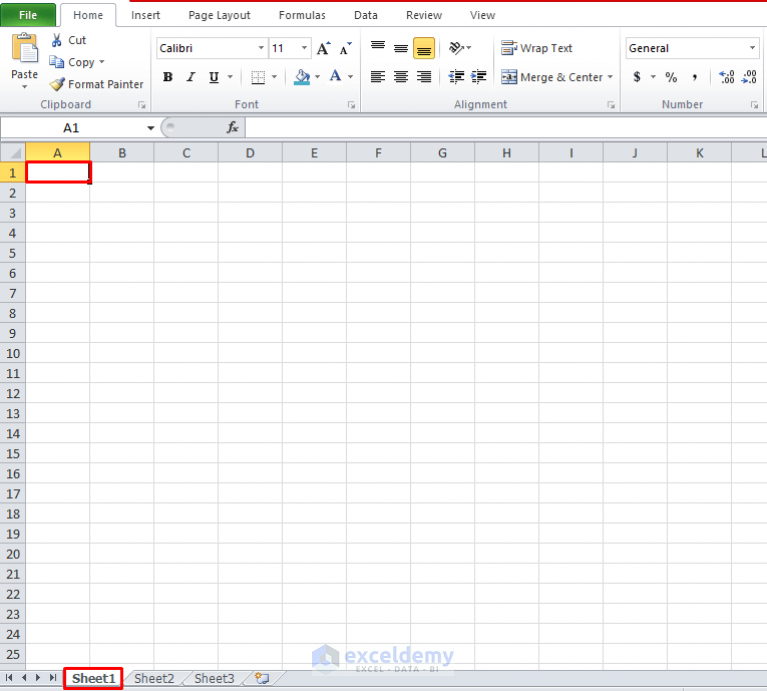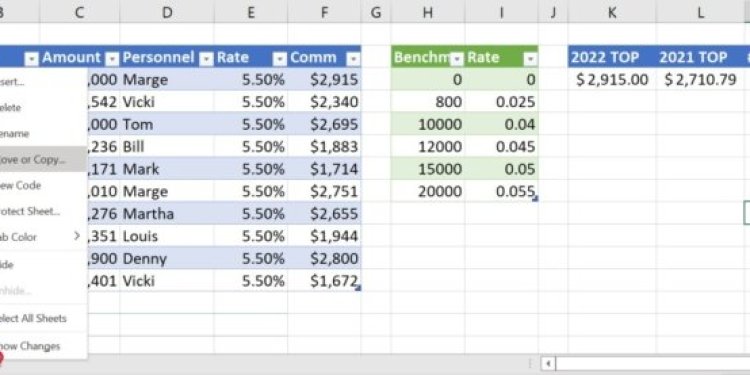3 Quick Ways to Copy Excel Sheet Layouts

Managing data in Microsoft Excel involves a lot more than just inputting numbers into cells. Often, the key to efficient data management lies in organizing sheets with specific layouts to enhance readability, analysis, and reporting. Excel provides various methods to replicate and manage your spreadsheets quickly and efficiently. Here are three quick ways to copy Excel sheet layouts that can save you time and effort.
Method 1: Using the ‘Move or Copy’ Option

One of the simplest and most straightforward ways to duplicate a sheet layout in Excel is through the ‘Move or Copy’ feature:
- Right-click on the sheet tab you want to copy.
- Select ‘Move or Copy’ from the context menu.
- In the dialog box, choose where you want the new sheet to be placed.
- Check the ‘Create a copy’ checkbox.
- Click OK.
Your selected sheet will now be duplicated, complete with its layout, formulas, formatting, and all data. This method is especially useful for creating a backup of your current work or when you need an identical layout for another dataset.
Method 2: Utilizing Excel Templates

Excel templates can be a powerful tool for repetitive tasks:
- Create or open a sheet that you want to use as a template.
- Go to File > Save As.
- Choose Excel Template (.xltx) under ‘Save as type’.
- Save the file with a memorable name.
- To use the template, from the File > New option, select Personal then click on your saved template.
Using templates is beneficial when you frequently deal with similar layouts or when setting up standard sheets for different users or projects. Templates retain the formatting, headers, and any pre-set formulas, providing a consistent starting point for your work.
Method 3: Copy and Paste Special

When you need only specific aspects of a layout copied, ‘Paste Special’ comes in handy:
- Select the range you wish to copy.
- Copy it using Ctrl+C or right-click > Copy.
- Move to the destination sheet or a new workbook.
- Right-click where you want to paste, then choose ‘Paste Special’ from the dropdown.
- Select options like:
- Values to paste data only.
- Formats to paste formatting (including cell colors, borders, etc.).
- Formulas to paste formulas, preserving references.
- Or any combination for a customized paste.
This method is ideal when you want to transfer layout elements selectively or when you need to move specific formats or data without the overhead of entire sheet duplication.
🔍 Note: When using 'Paste Special', remember that formulas might reference different cells in the new location. Make sure to adjust references if necessary to avoid errors.
These methods enhance your productivity by reducing the time spent on repetitive formatting and layout setup. By understanding and utilizing these techniques, you can ensure consistency across multiple sheets or workbooks, manage your data more efficiently, and focus more on analysis rather than setup.
What happens to formulas when copying sheets?

+
Formulas will retain their references unless you copy them to a different workbook. If you do, references to external sheets might need updating.
Can I copy conditional formatting along with the layout?

+
Yes, when you copy a sheet or use ‘Paste Special’ to paste formats, the conditional formatting rules are copied as well.
How do I ensure cell references update when copying a sheet?

+
If you use the ‘Move or Copy’ method or formulas containing relative references, Excel automatically adjusts them. However, for absolute references (A1), you might need to manually adjust.
Is there a way to revert a copy?

+
Yes, you can undo the copy operation by pressing Ctrl+Z or using the ‘Undo’ button immediately after the action.



